Donald Trump's grab for the Panama Canal
The US has a big interest in the canal through which 40% of its container traffic passes

In his inaugural address last month, Donald Trump described the US decision to hand full control of the canal to Panama, in 1999, as "a foolish gift that should have never been made".
Trump also claimed that the Panamanian authorities overcharge the US ships for transit fees – and that "above all China is operating the Panama Canal". He added: "We didn't give it to China, we gave it to Panama and we are taking it back!" The president has often returned to this theme in recent months. Asked on 7 January whether he could assure the world he would not use military or other coercion to gain control of the Panama Canal or Greenland, Trump said: "No, I can't assure you on either of those two. But I can say this: we need them for economic security."
How did the US come to own the canal in the first place?
Because the US built it, between 1904 and 1914. Europeans had dreamed of building a waterway across the 51-mile isthmus between the Pacific and the Atlantic oceans since the early 1500s, but the terrain and climate are challenging – mountains, thick jungle, swamps, torrential rains, hot sun, debilitating humidity and plentiful tropical diseases. Ferdinand de Lesseps, who developed the Suez Canal, led a French attempt to build a canal between 1881 and 1889; 11 miles were built before the project was defeated by engineering problems, a shockingly high mortality rate and bankruptcy.
The Week
Escape your echo chamber. Get the facts behind the news, plus analysis from multiple perspectives.

Sign up for The Week's Free Newsletters
From our morning news briefing to a weekly Good News Newsletter, get the best of The Week delivered directly to your inbox.
From our morning news briefing to a weekly Good News Newsletter, get the best of The Week delivered directly to your inbox.
The US had a strong interest in establishing a route across Panama: ships from New York to San Francisco for instance, at that time, had to go via Cape Horn, which took months (though in the 1850s, a railway was built across the isthmus). The US secured the rights to build a canal – which, when completed, would cut the sea journey by half.
And how did it secure the rights?
Partly by gunboat diplomacy. The US government bought the French canal concession, but Panama was then a province of Colombia, and the US could not reach terms with its government. In 1903, the then-president, Theodore Roosevelt, supported an attempt by Panama to declare independence, and sent gunships to deter Colombia from intervening. Consequently, the new government granted the US open-ended use of the future canal, and sovereignty over a Canal Zone reaching five miles on either side – cutting a swathe through the middle of the new republic.
How was the canal built?
By the US army corps of engineers, using imported workers from the Caribbean. The engineers built six pairs of locks that raised ships from ocean level up 85ft to Gatun Lake – at the time the largest-ever man-made lake, created by damming the Chagres River with what was then the world's largest dam – and took them down again.
The canal is regarded as one of the greatest engineering feats of the 20th century. Most challenging of all was the Culebra Cut, an artificial valley carved through the continental divide. Some 400,000 pounds of dynamite per month were used to blast the rock, which was collected with steam shovels and taken to landfill.
A free daily email with the biggest news stories of the day – and the best features from TheWeek.com
On 15 August 1914, the SS Ancon made the first official transit – travelling from ocean to ocean in less than ten hours. Native Panamanians were removed from the Canal Zone, which had been the most populous part of Panama, in part to make conditions more "hygienic", and it became effectively a US colony. This was a cause of lasting bitterness and protest.
When did Panama get it back?
Panama repeatedly tried to reclaim the canal and the land, particularly in the post-colonial era. The efforts culminated in the Torrijos-Carter Treaties in 1977, under President Carter. The Canal Zone ceased to exist in 1979; after a period of joint control, Panama took over the canal in 1999. It is now operated by the government-owned Panama Canal Authority, which recently built a new set of bigger locks, allowing the size limit for ships passing through to be expanded from so-called Panamax size (maximum 294 metres long) to Neo-Panamax (366 metres).
Today, between 13,000 and 14,000 ships per year pass through it – about 5% of world shipping – mostly travelling between east Asia and the eastern US. The canal is central to Panamanian identity and its economy. In 2024, the waterway earned $3.5 billion in profits; nearly 25% of Panama's income comes from it, directly or indirectly.
Does China run the canal?
No. It is run by the Panama Canal Authority. But two of the five ports adjacent to the canal, Balboa and Cristóbal, which sit on the Pacific and Atlantic sides respectively, have since 1996 been operated by a subsidiary of Hutchison Port Holdings, a Hong Kong-based conglomerate. Chinese companies, both private and state-owned, have also invested billions in Panama in recent years, as part of Xi Jinping's global Belt and Road Initiative.
The US certainly has a big interest in the canal, strategically and economically: 40% of US container traffic passes through it, and US trade accounts for about three-quarters of all canal transits.
How has Panama reacted?
President José Raúl Mulino said its dominion over the waterway is "nonnegotiable". "As president, I want to clearly state that every square metre of the Panama Canal and its adjoining zone is Panama's and will remain so," he said. China expressed its support for Panama's sovereignty. Russia warned the US against trying to exert control.
The US has invaded Panama before – to depose Manuel Noriega, in 1989. In theory, it could do so again. "All [Trump] needs is to land ten thousand troops and that's it," said Ovidio Diaz-Espino, a Panamanian commentator. "We don't have an army." However, Trump's threats to use military force are mostly seen as an attempt to assert US strategic influence, and to push for better terms. The Panamanian authorities ordered an immediate audit of Hutchison's port operations.
-
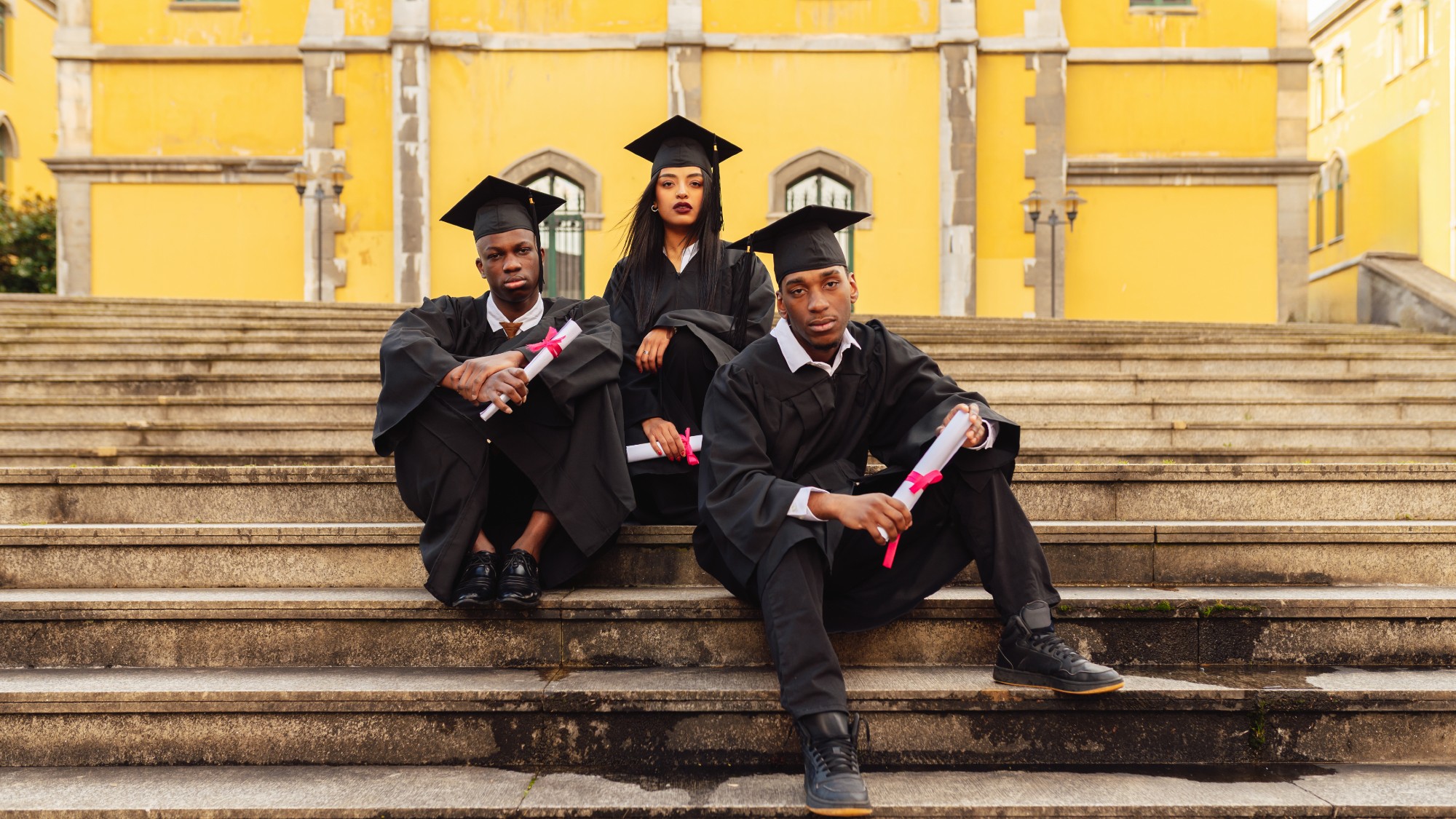 Education: More Americans say college isn’t worth it
Education: More Americans say college isn’t worth itfeature College is costly and job prospects are vanishing
-
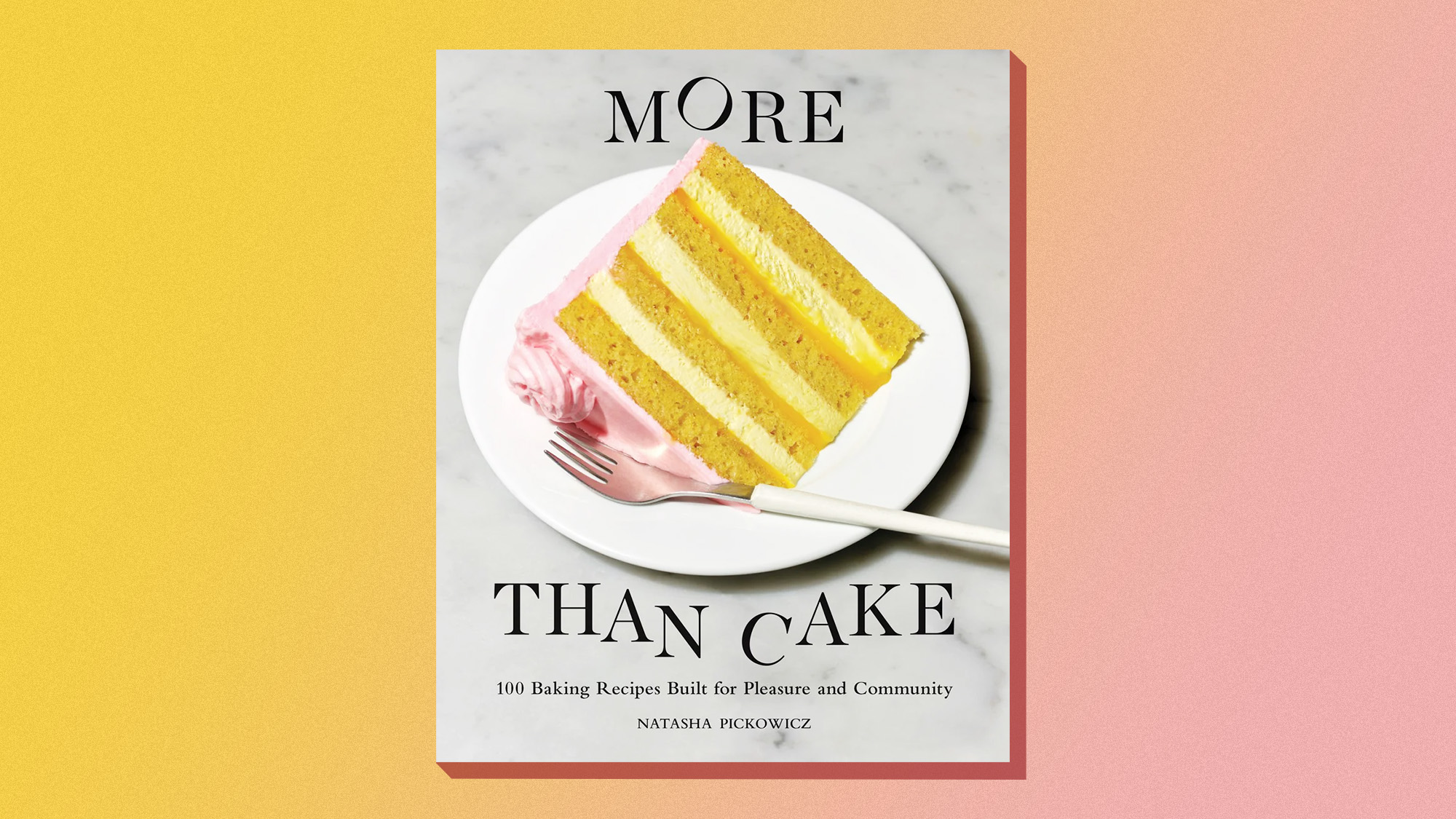 One great cookbook: ‘More Than Cake’
One great cookbook: ‘More Than Cake’the week recommends The power of pastry brought to inspired life
-
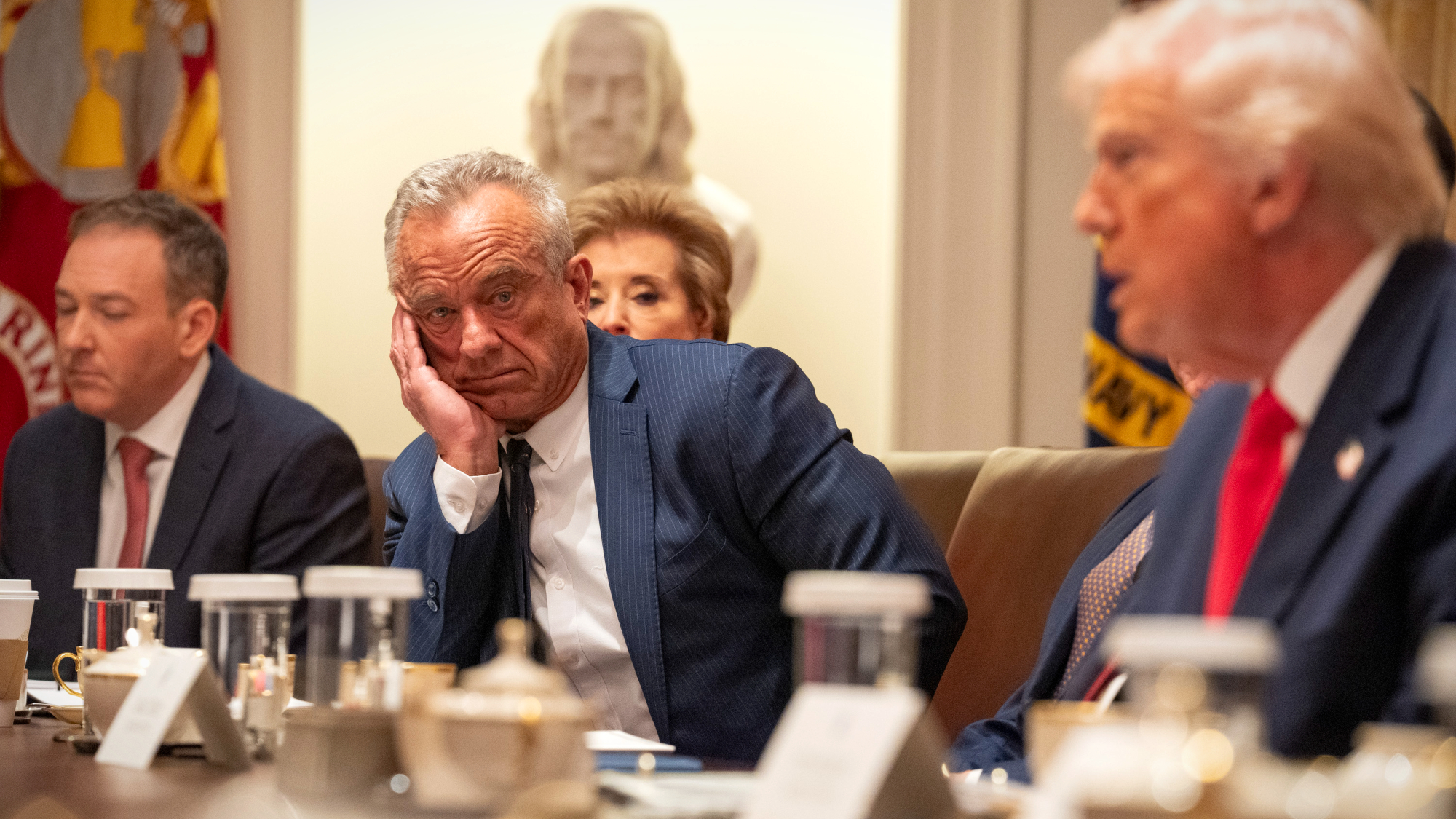 Democrat files to impeach RFK Jr.
Democrat files to impeach RFK Jr.Speed Read Rep. Haley Stevens filed articles of impeachment against Health and Human Services Secretary Robert F. Kennedy Jr.
-
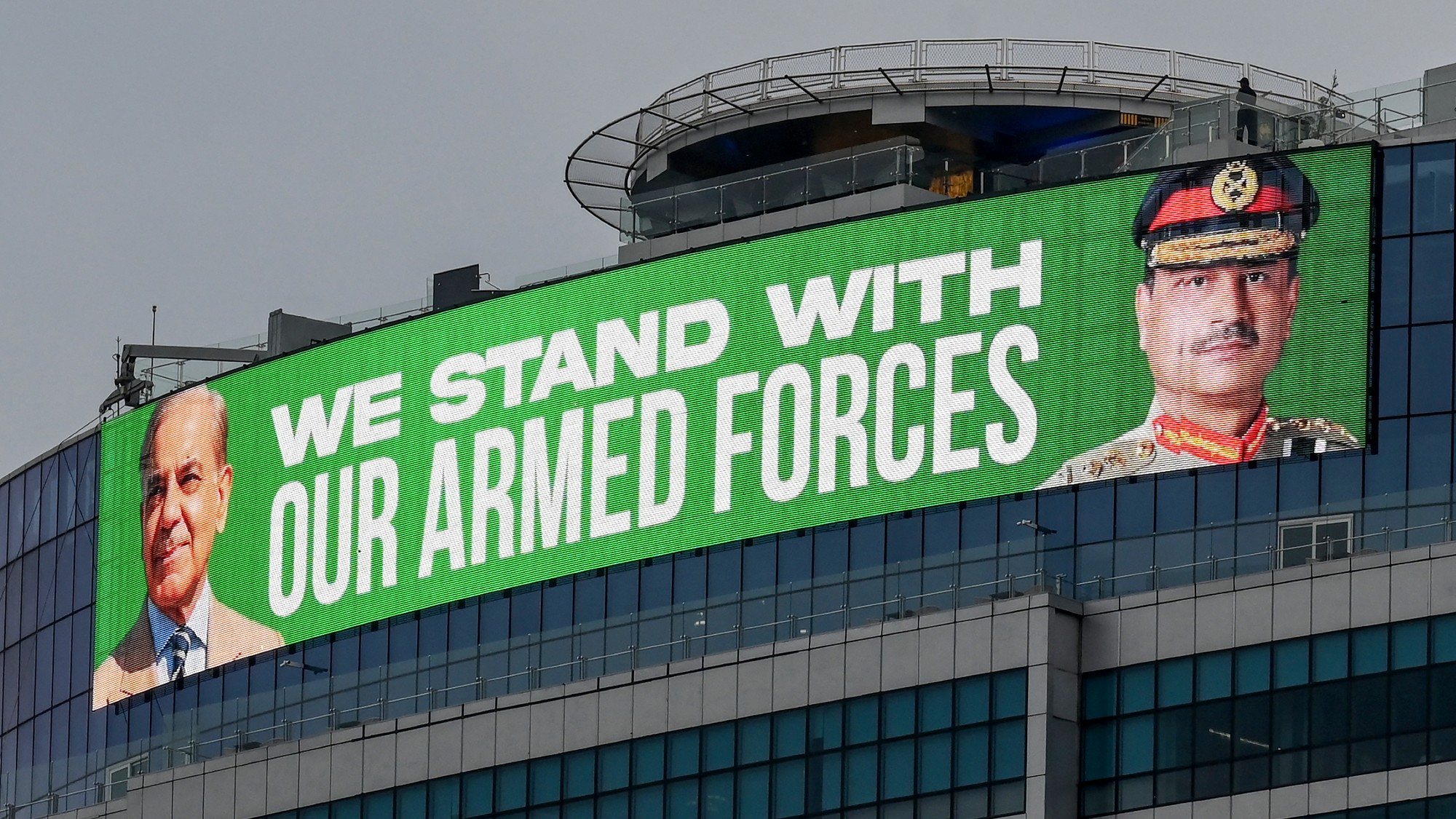 Pakistan: Trump’s ‘favourite field marshal’ takes charge
Pakistan: Trump’s ‘favourite field marshal’ takes chargeIn the Spotlight Asim Munir’s control over all three branches of Pakistan’s military gives him ‘sweeping powers’ – and almost unlimited freedom to use them
-
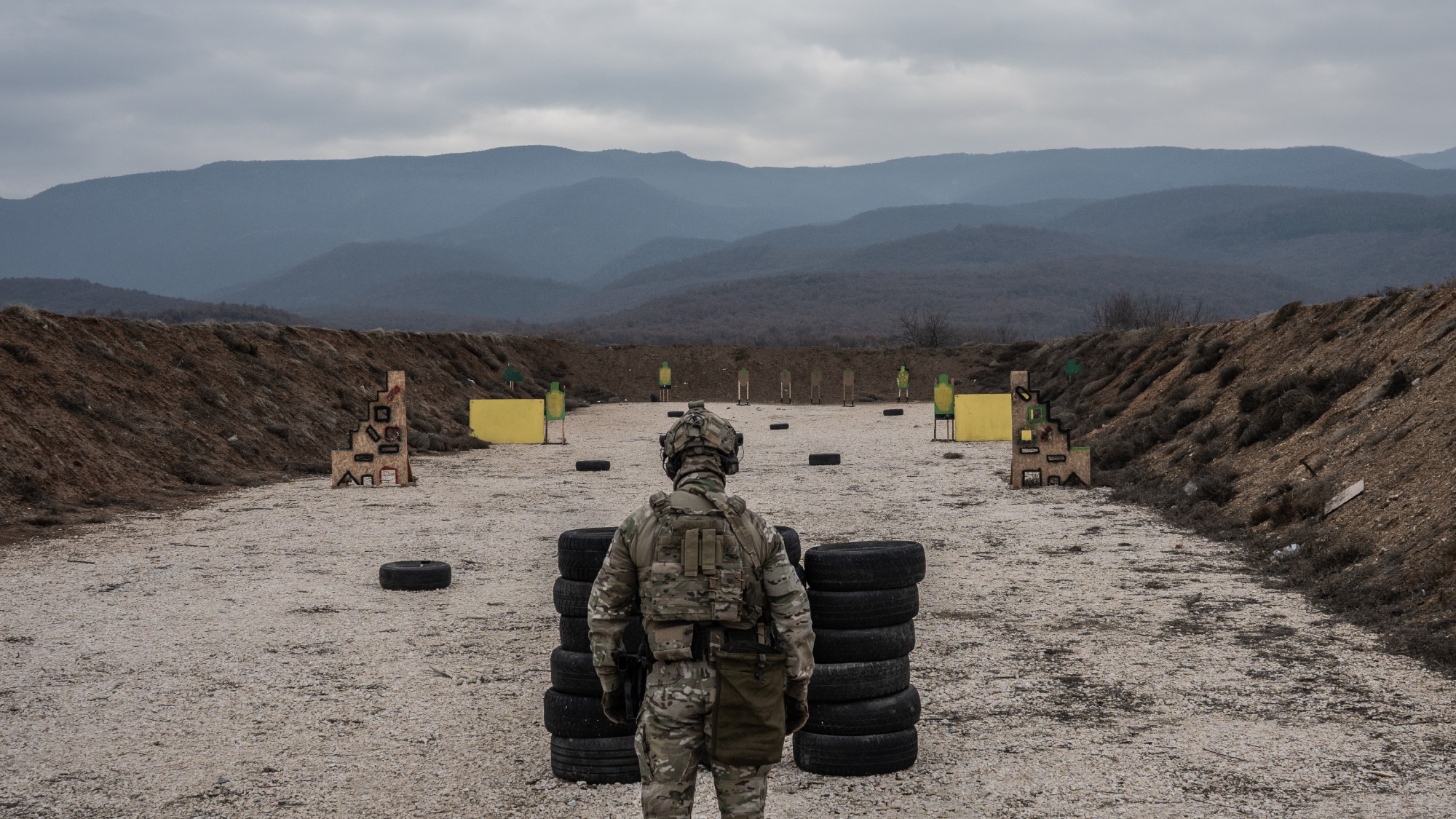 Is Europe finally taking the war to Russia?
Is Europe finally taking the war to Russia?Today's Big Question As Moscow’s drone buzzes and cyberattacks increase, European leaders are taking a more openly aggressive stance
-
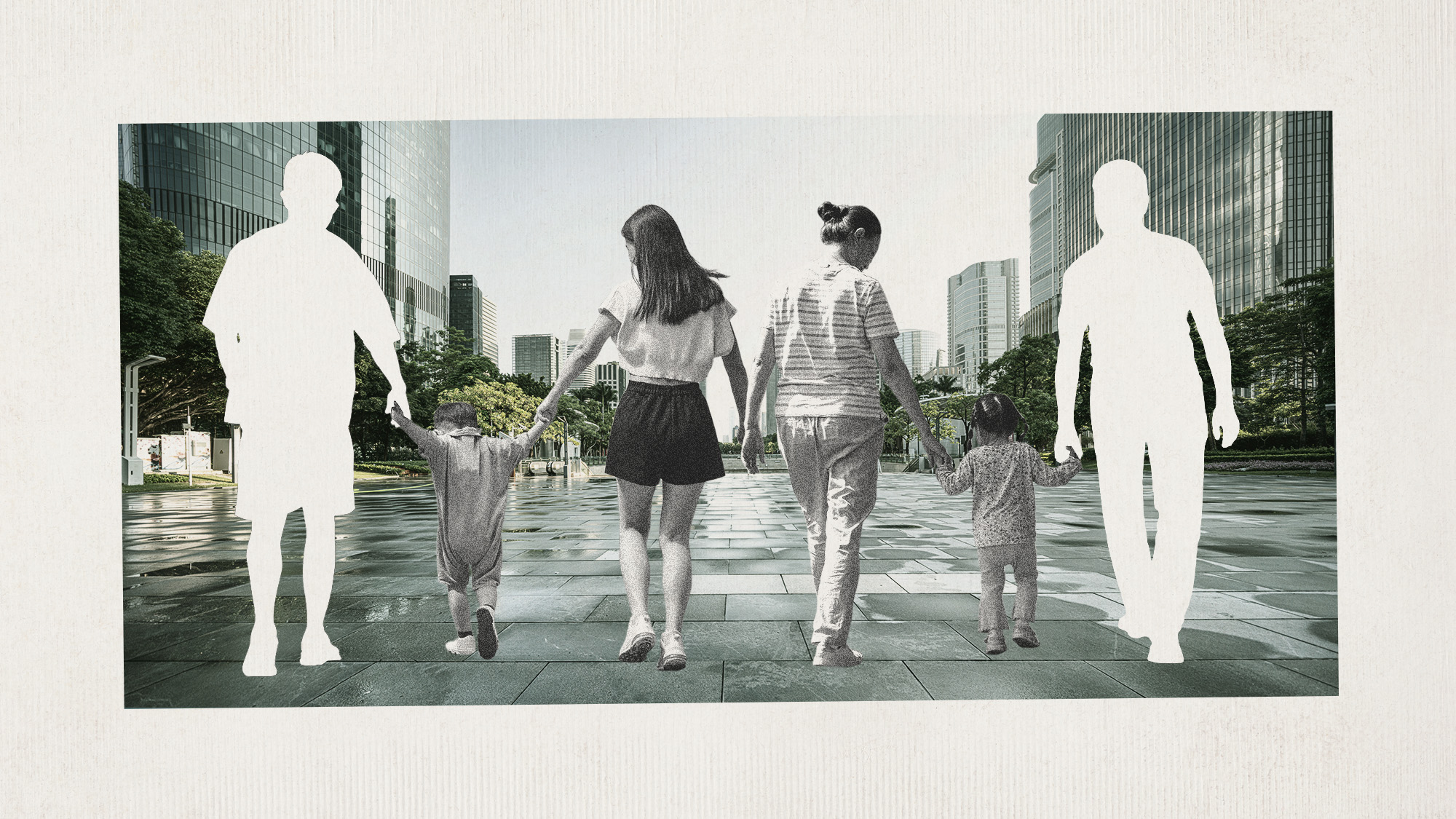 China’s single mothers are teaming up
China’s single mothers are teaming upUnder the Radar To cope with money pressures and work commitments, single mums are sharing homes, bills and childcare
-
 Pushing for peace: is Trump appeasing Moscow?
Pushing for peace: is Trump appeasing Moscow?In Depth European leaders succeeded in bringing themselves in from the cold and softening Moscow’s terms, but Kyiv still faces an unenviable choice
-
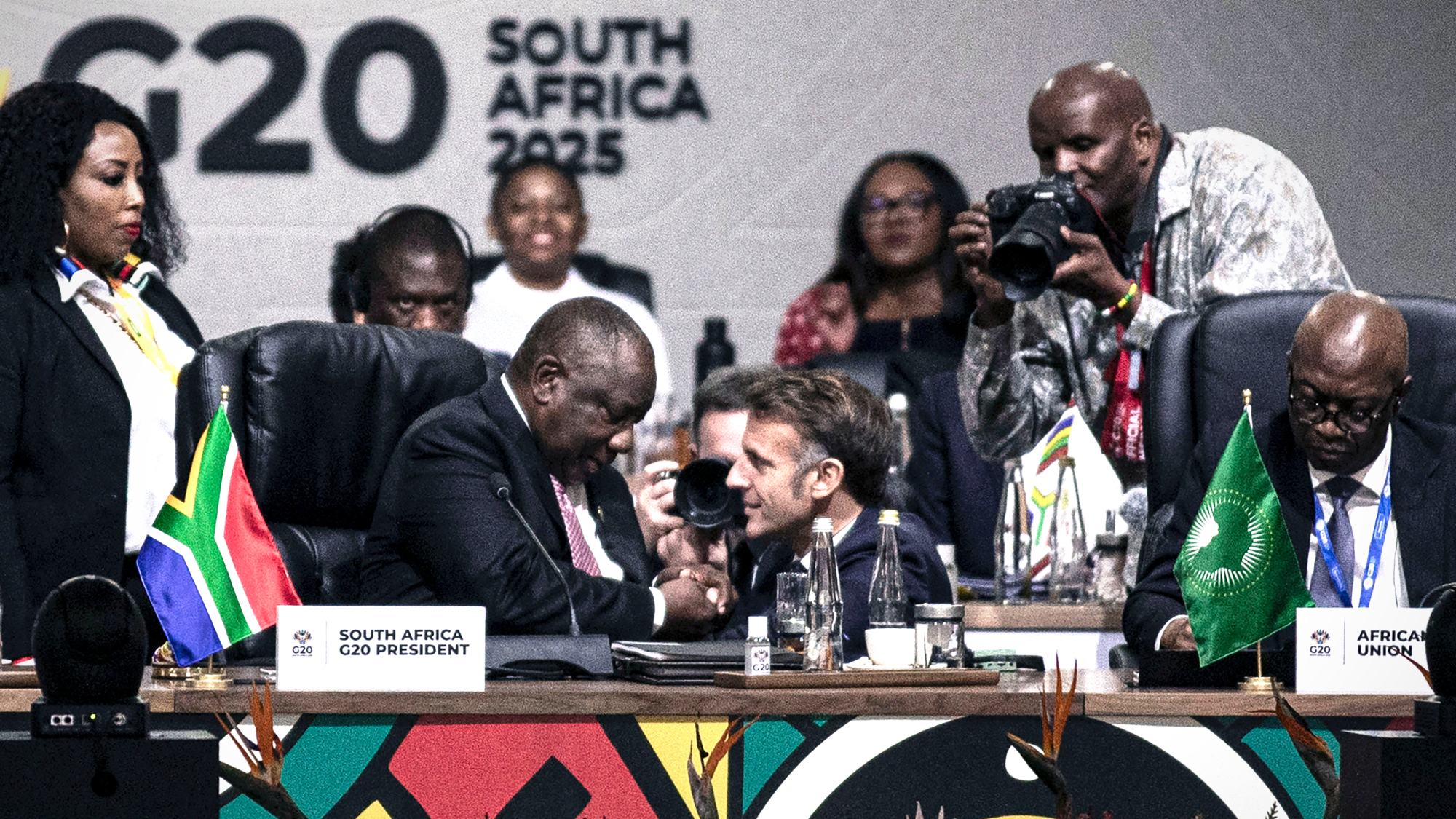 South Africa wraps up G20 summit boycotted by US
South Africa wraps up G20 summit boycotted by USSpeed Read Trump has been sparring with South Africa in recent months
-
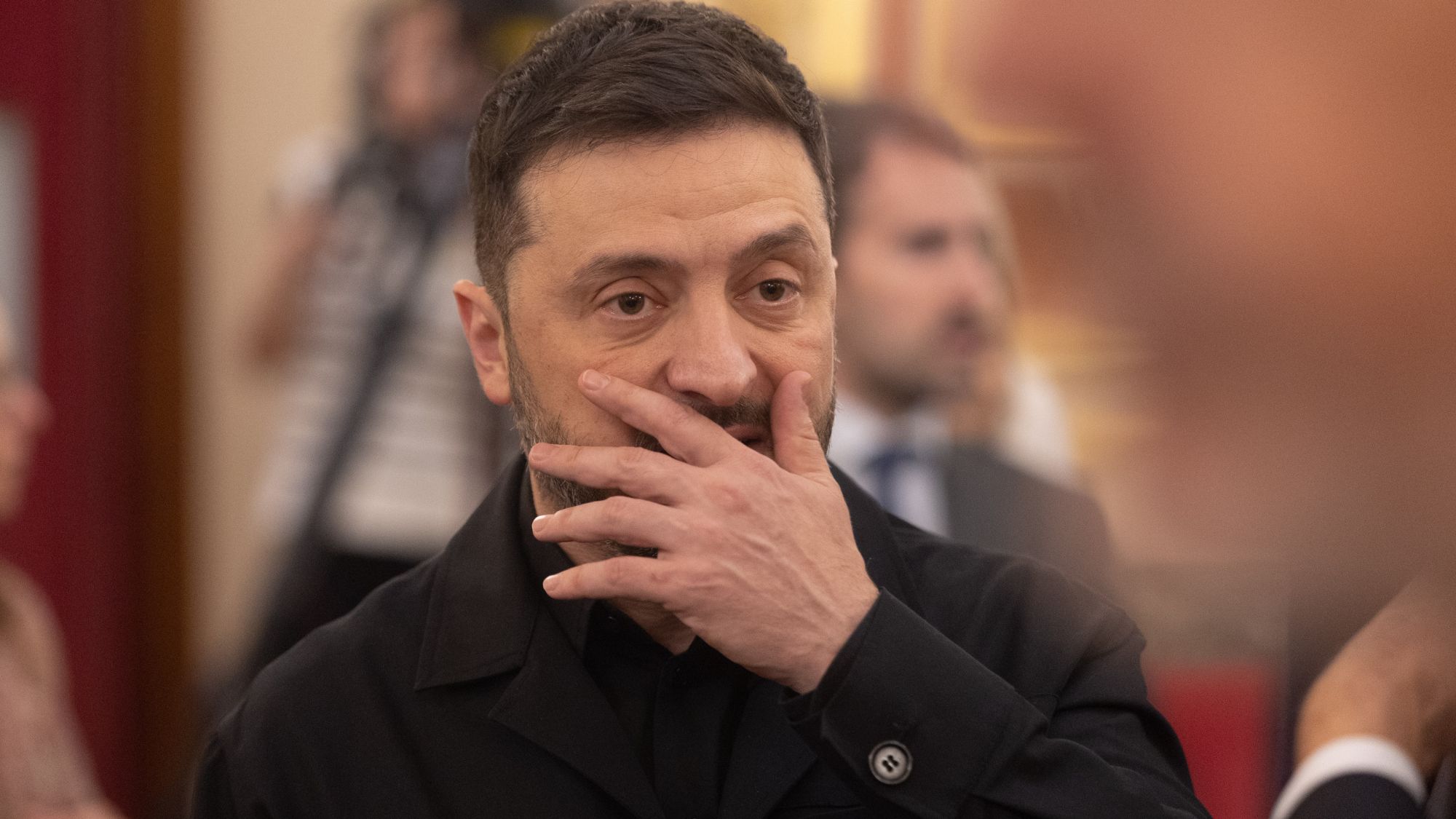 The $100mn scandal undermining Volodymyr Zelenskyy
The $100mn scandal undermining Volodymyr ZelenskyyIn the Spotlight As Russia continues to vent its military aggression on Ukraine, ‘corruption scandals are weakening the domestic front’
-
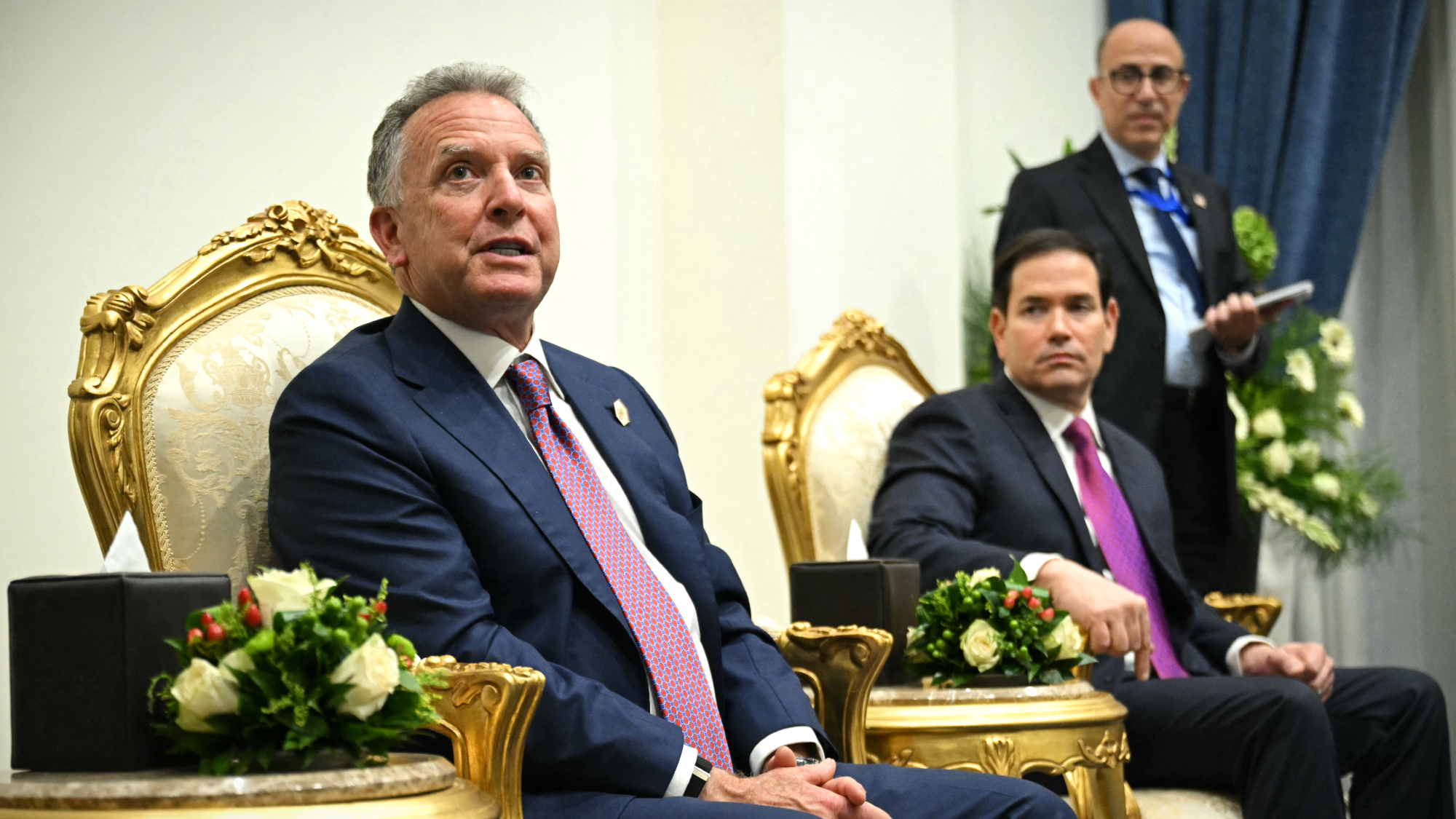 Trump pushes new Ukraine peace plan
Trump pushes new Ukraine peace planSpeed Read It involves a 28-point plan to end the war
-
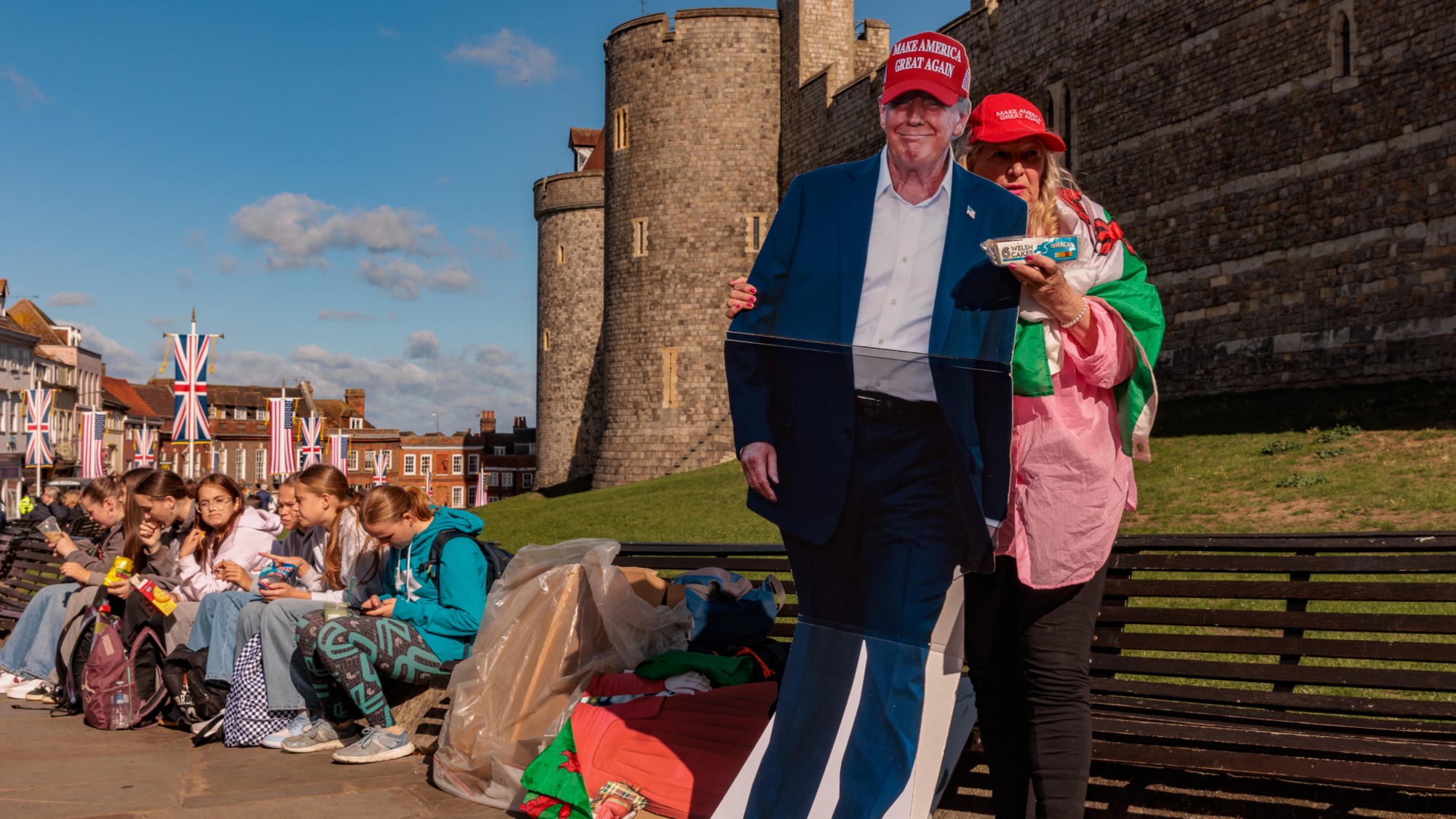 Americans traveling abroad face renewed criticism in the Trump era
Americans traveling abroad face renewed criticism in the Trump eraThe Explainer Some of Trump’s behavior has Americans being questioned